|
callbacks: When actors are called back for a closer look after auditions.
call sheet: A schedule given out during the film's production to let every department know when
and where they are suppose to arrive and report.
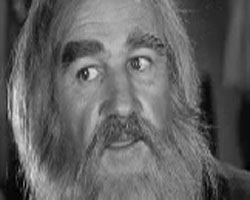
cameo: A bit part or special appearance by a famous actor, director, etc. Example: Gene Hackman's
cameo in the Mel Brooks 1974 film "Young Frankenstein" (pictured).
camera: The machine used to make a film.
camera angle: The point of view chosen from which to film a subject.
campy: Generally refers to bad or absurd acting that is often unintentionally funny; often times
low budget horror films are known to be campy.
canted framing: A view in which the frame is not level. Either the right or left side is lower,
causing objects in the scene to appear tipped.
capsule review: A short movie review.
cast: All of the actors appearing in the film.
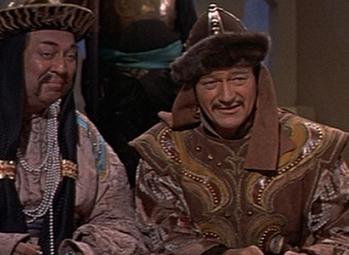
cast against type: An actor playing a role different from roles previously played. Example: John
Wayne was cast against type (and miscast) as Genghis Khan in 1956's "The Conqueror" (pictured).
casting: Selecting and hiring actors to play roles in a film.
casting couch: During the "Golden Age" of Hollywood it was not uncommon for would be stars to
grant sexual favors to directors or producers to get a role. Rumored to usually occur on a couch in the filmmaker's office.
catharsis: During the film's climax the audience might experience a cleansing of emotional
tensions, thus providing relief.
cautionary tale: A film with a message warning of consequenses of certain actions; often have
downbeat endings. Example: "Planet of the Apes" (1968).
cel: A hand drawn sheet representing a single animation frame, made of a clear material like
cellulose or mylar to allow several layers of composition.
censorship: Determining what can and can't be viewed by the public; also changes required
of a film.
CGI: Computer-Generated Imagery; The use of 3D computer graphics in a film to create filmed images,
special effects, and the illusion of motion.
character: Fictitious or real person in a story.
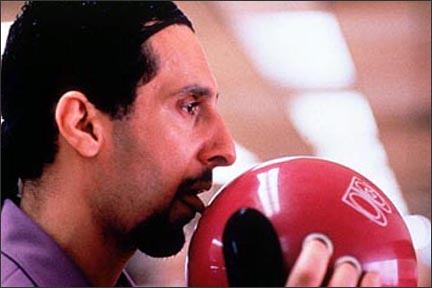
character actors: An actor who specializes in playing well developed, stereotypical, offbeat,
humorous, or highly recognizable roles. Example: Thomas Mitchell, Walter Brennan, Steve Buscemi, and John Turturro (pictured).
character study: A film that uses strong characteristics, interactions, and personalities of
characters to tell a story.
chiaroscuro: A notable, contrasting use of light and shade in scenes; used a lot in film noir
films.
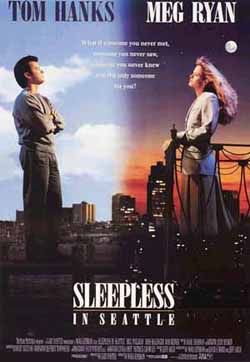
chick flick: Films popular with women. Often times considered sappy. Example: 1993's "Sleepless
in Seattle" (pictured).
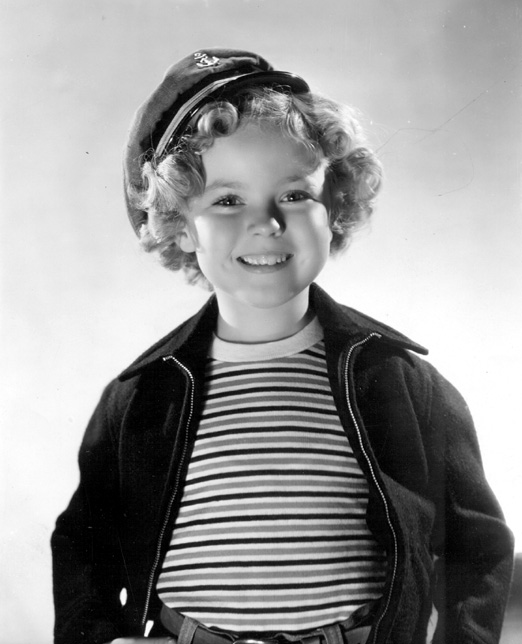
child actor: Refers to any actor under the age of eighteen. Examples: Haley Joel Osment and Shirley
Temple (pictured).
choreographer: A person who plans, designs, organizes, and directs dance, fight, and other physical
movements in a film.
chute cowboys: Slang for experienced parachutists to perform stunts involving parachutes.
chyron: Text graphics which tell time, place, or the name of a person on the screen.
cinch marks: Scratches on a print running parallel to the edge of of the strip of film.
cineaste: A film enthusiast.
cinematic: Relating to or suggesting to movies.
cinematographer: Person in charge of filming.
cinema verite: French for "true cinema"; Style of documentary movie making with long takes and
little to no directorial or editing control over the finished product.
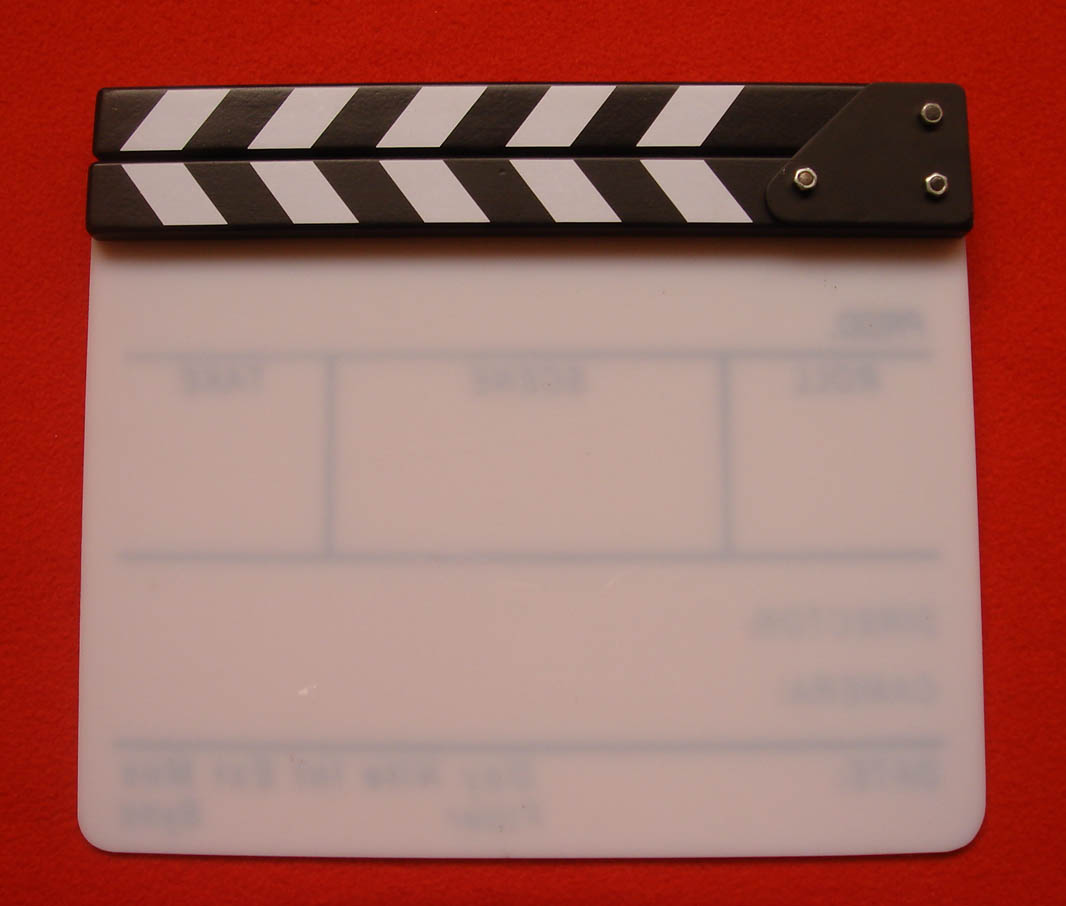
clapboard: A small black and white board that displays information for each shot in a film.
claymation: Animation of models constructed of clay. Example: "Chicken Run" (2000).
clean room: A room that is clean and dust free for cutting original film.
cliffhanger: Scene of great tension/suspense often towards a film's end.
climax: Highest point of anxiety in a film in which the main character faces actions or the antagonist
in a climatic battle or engagement.
close-up: A shot taken from a close distance in which the subject is magnified; appears large
and fills the entire screen.
coda: Epilouge, ending or conclusion to the storyline; often has no dialogue.
coding: A set of numbers printed on the picture and the synchronized sound rolls. Thus making
it easier to sync the two.
color: Light of visual perception that enables one to differentiate otherwise identical objects
caused by differing qualities of reflected light.
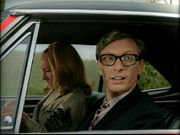
colorization: A highly controversial film altering process where a black and white film is digitally
changed to color. Example: George A. Romero's 1968 horror classic "Night of the Living Dead" has been colorized (pictured).

comedy: A film that elicits laughter or humor. Examples: "Duck Soup" (1933) or 1993's "Groundhog
Day" (pictured).
comic relief: Humorous piece or pieces in a dramatic film.
coming of age film: A film associated with teenagers dealing with puberty. Example: "The Breakfast
Club" (1985) and "Rebel Without a Cause" (1955).
command performance: A great performance by an actor.
commentary: Opinion or description of actions in a film; a lot of time these can be found as
bonus features on DVDs.
compilation film: A film that is made of shots, scenes, or sequences from other films.
complication: Plot events that complicate a film's tension.
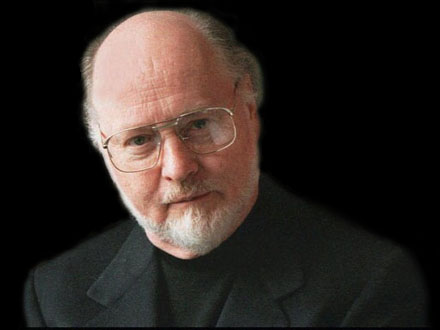
composer: A musician who creates the film's musical score. Example: famed composer John Williams
(pictured).
concert film: a film that records a live concert. Example: "Woodstock" (1970) and "The Last Waltz"
(1978)
continuity: A system developed to provide a continous and clear movement of images in a film.
contract player: An actor who has contracual commitments to a studio.
contrast: The difference between light and shadow or between maximum and minimum amounts of light.
conventions: Expected elements in a film.
Coogan's Law: Legislation in the late 1930s designed to protect a child actor's earnings; named
after Jackie Coogan, a child actor who appeared alongside Charlie Chaplin in "The Kid" (1921).
courtroom drama: A drama that is mainly held in a courtroom. Examples: "Judgment at Nuremberg"
(1961) and "To Kill a Mockingbird" (1962).
coverage: All the shots a director takes to make up the finished product.
cowboy shot: Shot framed from the mid-thigh up. Taken from filming of westerns, which commonly
used the shot.
crane shot: A camera shot taken from a large crane dolly that can raise the camera about twenty
feet above ground; the crane allows the camera to move in any direction; usually done for overhead views. Examples: The three
minute opening scene in Orson Welles' "Touch of Evil" (1958) and the scene in "High Noon" (1952) where Marshall Will Kane
(played by Gary Cooper) is alone and feeling rejected in the street.
credits: The list of personnel, cast, and crew of a film that scrolls along the screen.
crisis: A period of high tension just before the film's climax.
critic: A person who writes reviews of films on an artistic or entertainment basis. Example:
Roger Ebert or Gene Siskel
cross-cutting: A technique of intertwining one action with another, usually in a different
location. Example: the famous baptism scene in "The Godfather" (1972).
cross-over: A film made for one audience, but becomes popular with an unintended audience.
crowd shot: A shot of a large group of people.
cue: A signal for an actor to begin performing.
cult film: Usually a non-mainstream film that fans become obsessed with. Example: "The Rocky Horror
Picture Show" (1975).
cut: 1) An abrupt change in a camer angle, placement, etc. 2) The phrase the director yells to
stop action.
cutaway shot: A brief shot that momentarily interrupts an continously filmed action
by inserting another related action.
cyclorama: A curved backdrop used to represent the sky during outside scenes filmed inside.
|